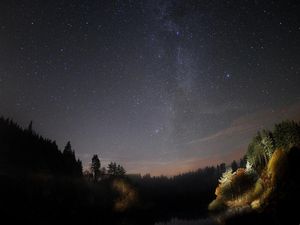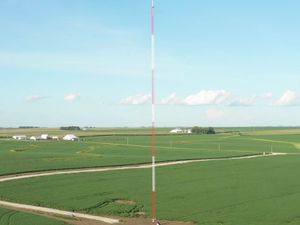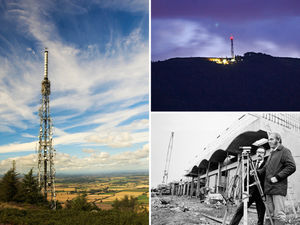International Astronomy Day: 4 unexpected places to go stargazing in Europe
You don’t have to go all the way to Chile or New Zealand for incredible starry skies.

For thousands of years, people have looked to the stars to find greater meaning in the celestial objects above them. Ancient civilisations relied on the stars to guide their travel, using them to develop calendars and even named constellations after people from their cultures.
According to the International Astronomical Union, wherever in the world you are, the 88 constellations are the same as those seen Plato, Cleopatra, William Shakespeare and Leonardo Da Vinci, when you’re looking at the night sky.
So, as it’s Interntational Astronmy Day, look to the heavens and join the world’s stargazers. Here are Europe’s best spots to sit back and enjoy the some of the most impressive performances the natural world can produce.
1. Northumberland, UK

While many of us rarely see the night sky without the orange glow of urban living, visitors to the area can enjoy uninterrupted views of the Aurora Borealis, the Milky Way, ‘zodiacal light’ (where sunlight scatters over space dust), meteors and shooting stars.
Of the 2,000 stars you can see at any one time, the furthest object you can spot with your naked eye is the Andromeda Galaxy, a vast island of stars not too dissimilar to our own Milky Way, except 2.5 million light years away.
When to go: If it’s the the moon you’re after, go during its first quarter and be rewarded with views of its craters and mountains. The mid-summer months are a great time for planet watching, and the spring and autumn are the best times to see the starriest views.
Where to stay: There are plenty of lovely, local bed and breakfasts in the area and The Battlesteads Hotel even has its own observatory. Or if you want to truly be at one with nature, there are camp sites scattered around the park.
2. Teide National Park, Tenerife
Meteor showers are just one of the regular stellar shows you can experience, with December’s Geminid display the most well-known and of the highest intensity. The Geminids appear quickly, around one a minute, reaching 100 meteors an hour, and Teide’s natural amphitheatre is the perfect place to enjoy it.
The Teide observatory is the largest in the world, so book onto a stargazing tour, take a sunset ride 3,555m high in a cable car, or hike it alone.
Where to stay: If you’re planning on hiking it alone, you can’t get more authentic accommodation than the Altavista Mountain Refuge. A cable car ride will take you to a warm bunk bed, where you can join fellow hiking enthusiasts to swap tips on your astro-experiences.
3. Tuscany, Italy
Don’t take our word for it though, as the grandfather of modern astronomy Galileo Galilei developed his telescope there in the 17th century. Follow in his footsteps as you observe the moon’s craters and sunspots. And while you’re waiting for day to turn to night, take a trip to Florence to visit the Galileo Museum to see some of his astral equipment and sketches.
When to go: Temperatures soar in Tuscany over the summer months, even at night, so if heat isn’t your thing, try to plan your visit around the autumn or winter months.
Where to stay: For the authentic Tuscan experience, find yourself an ‘Agriturismo‘ or farm-stay somewhere off the beaten track. Bonus points if you can get one near one of Tuscany’s many vineyards, because nothing goes better with stargazing than a nice glass of Chianti.
4. La Palma
At 1,200 metres above sea level, the Llano del Jable viewpoint on the island offers amazing views over the volcanic valley during the day, and incredible panoramas of the night sky once the sun has gone down. The quality of its sky is such that it is protected by the Law for the Astronomical Quality of the IAC Observatories.
La Palma is also home to the Gran Telescopio Canarias at the Roque de los Muchachos Observatory. You’ll need to book a tour, but the views available at any time of day or night make it well worth a trip.
When to go: Throughout April and May, La Palma is celebrating Astrofest, with a variety of events across the island all inspired by its starry skies and the people who live and breath them. There are photography competitions, science conferences, time-lapse photography workshops and child-friendly activities. It all culminates in a closing ceremony and music concert on May 26.
Where to stay: El Paso is a good base for Llano del Jable or stay in Los Canarios for the San Antonio volcano . Some of the viewpoints are quite remote though, and while they have information panels, there aren’t always services nearby, so go prepared.





